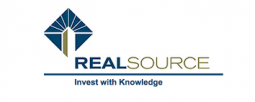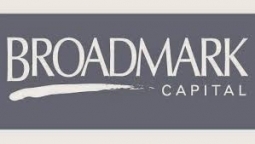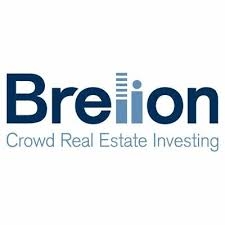Cash on Cash Return: What is it and How to Calculate it
A common metric for comparing real estate investments is called the cash-on-cash return, sometimes abbreviated as CoC or cash yield. The name cash-on-cash return, as it implies, is the cash income earned from the cash invested. In simple terms, the CoC is annual pre-tax cash flow divided by a property’s cash investment.
Generally, this cash-on-cash return formula is calculated on an annualized basis as a percentage. So for instance, if you were to buy a property for $100,000 with 20% down payment of total cash invested ($20,000) and borrow the rest ($80,000). And suppose the asset had a cap rate of 5%, which would yield net operating income of $5,000 per year. And then suppose your annual mortgage payments were $4,000. Your net annual net cash flow in profit is $1,000 per year. The CoC is $1,000 divided by the $20,000 cash invested, which equals 5%.
As a metric, cash-on-cash return is popular in real estate investing because it tells real estate investors what their return on investment (ROI) will be in concrete terms, of any existing or potential investment. The cash-on-cash return will estimate how many dollars investment properties will produce per dollar invested. Unlike the capitalization rate which ignores debt service / mortgage payments, the CoC must include debt service, as well as other operating expenses, to derive the net profit. If a real estate property is purchased without leverage, the CoC will be the same as the cap rate. In general, if the interest rate on the mortgage is lower than the cap rate, then there is a “positive spread” since you are borrowing money at a lower cost than the profit the asset can produce, which will in turn increase the CoC. Conversely, if the interest rate on the mortgage is higher than the cap rate, then there is a “negative spread” of cash investment and the CoC generally would become lower than the cap rate. Unlike some other return metrics like internal rate of return (IRR), CoC does not take into account the time value of money. So whether your property management company receives your annual cash flow on day 1 or day 365, the CoC is still the same.
Many rental property investors like using the CoC to calculate cash flow because the bottom line is how much cash you receive and the metric is more difficult to manipulate. Nonetheless, the CoC can sometimes be deceptive in a few circumstances. One circumstance is that some investments may report the CoC “upon stabilization.” What this means is that the asset will not produce the CoC from day 1, but at some later point when vacancies are leased up and rents are optimized to market rates. In some cases, it may take years to stabilize an asset and the projected CoC for the rental property upon stabilization may never materialize. Another situation when CoC may be deceptively high is if there is a capital event projected prior to final disposition. Examples of this might be a refinance event or partial sale (e.g. an outparcel of a shopping center). In these cases, the projected CoC may be very high since these events, if done successfully, can return a significant portion of real estate investment capital to investors. However, these events are also more prone to execution risk than simply collecting rent from existing tenants.
In short, the cash-on-cash return metric is commonly used for real estate investments, defined simply as cash received by an investment property divided by cash invested. Like all metrics, it should be scrutinized to understand where the cash is coming from and how likely is the projected cash for distribution able to meet expectations.

_main.jpg)








